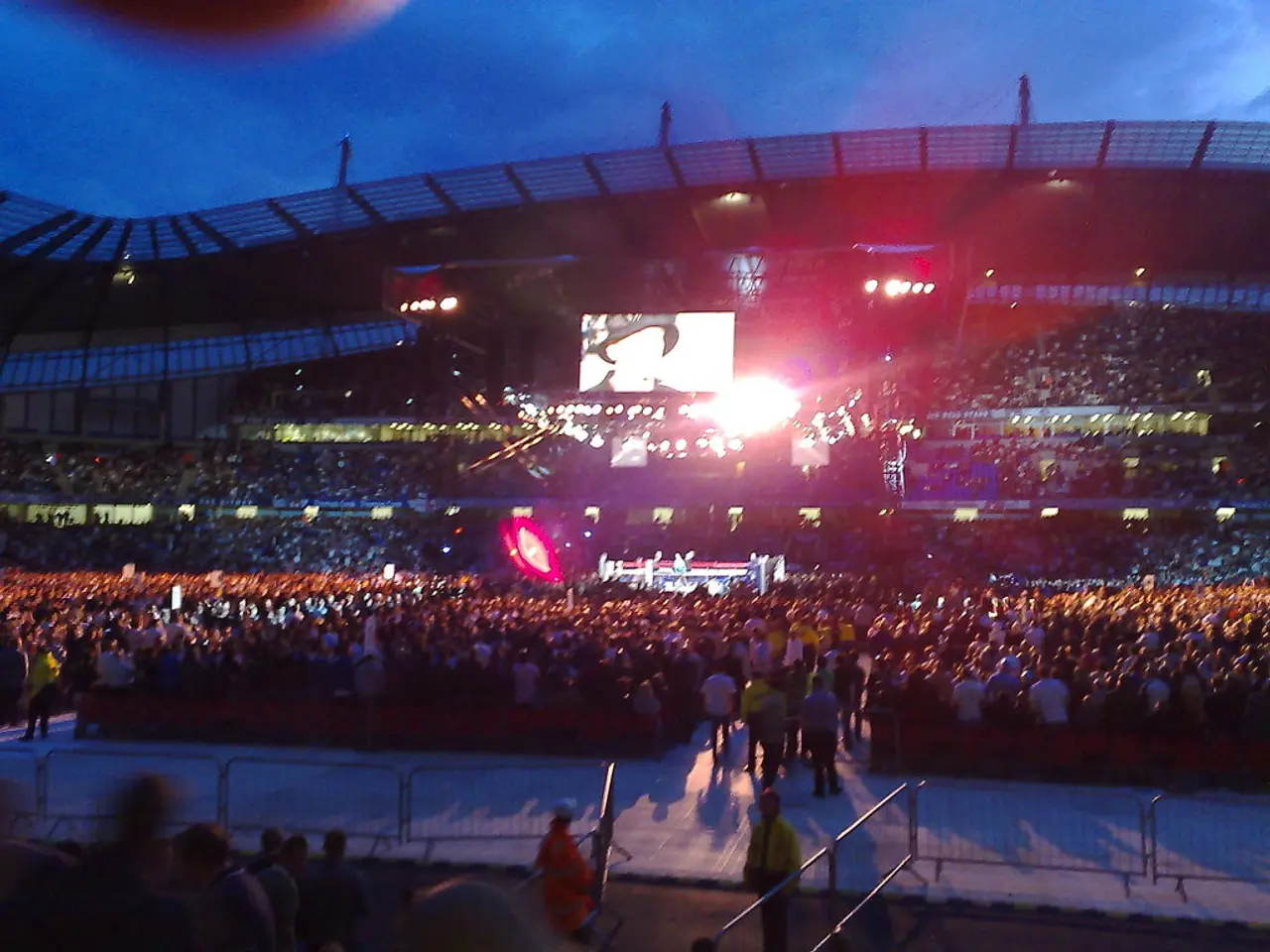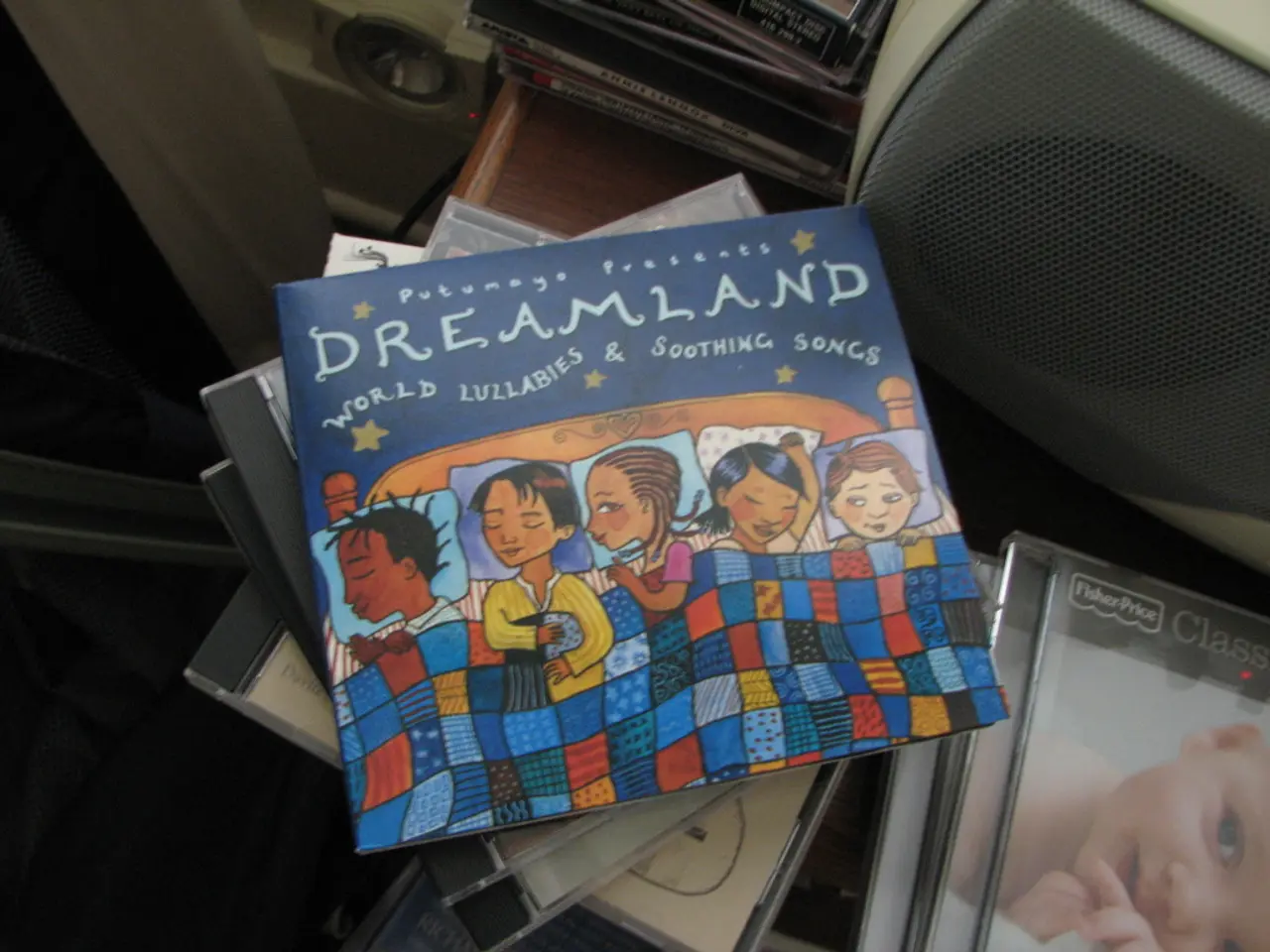Predicting Music Industry's Shift: Will Virtual Concerts Rule Supreme?
Virtual concerts are revolutionizing the world of music and entertainment, offering a new era of convenience and immersion. Whether filmed at concert halls, specialized studios, or even home studios, these digital events are providing music fans and the general public alike with an unprecedented level of access to their favourite artists.
To deliver high-definition quality, virtual concerts require high-end microphones, multiple cameras, and sufficient lighting. But it's not just about the visuals - audiences can "feel" the concert as if they're at the venue itself using VR headsets like the Quest 3s. This level of immersion is driving the growing popularity of virtual concerts.
Live streaming platforms with integrated pay-per-view and ticketing systems are facilitating easy virtual attendance and broadening audience reach globally. Virtual reality (VR) and extended reality (XR) technologies enable fully 3D-rendered virtual stages where fans can interact with each other and artists in real time, creating social and participatory concert environments. XR can spatially place sound, allowing users to navigate and experience music immersively, with sound sources positioned dynamically in 3D space.
Hybrid events, combining live physical concerts with virtual streaming and VR components, are also on the rise. These events enable broader accessibility and engagement while preserving the energy of live events. By turning audiences from passive viewers into active participants, these tools deepen connection and provide data analytics on audience behavior and revenue, helping artists and organizers optimize future performances.
Despite the growing popularity of virtual concerts, some still question their future. Will they outshine live concerts, or is this just a fleeting trend? The answer seems to be a resounding no. Virtual concerts and live concerts are complementing each other, with technologies like VR, XR, live streaming, real-time interaction, and monetization platforms driving increasingly immersive and accessible music experiences worldwide.
In summary, virtual concerts are growing alongside live concerts, each complementing the other. These digital events offer global reach without geographical constraints, allowing fans who cannot attend live shows due to health, cost, or scheduling to participate in real time, creating new revenue streams through pay-per-view tickets and virtual merchandise sales. The future of music experiences is increasingly promising, with virtual concerts representing a significant evolution in how we experience and monetize music.
- As virtual concerts continue to gain popularity, music fans from various parts of the world can now enjoy high-definition performances in the comfort of their homes, thanks to live streaming and VR technologies.
- The integration of pay-per-view and ticketing systems on live streaming platforms enables fans to attend virtual concerts with ease, widening the overall audience reach across the globe.
- Innovative features such as real-time interaction, 3D-rendered virtual stages, and spatially rendered sound sources offer an unprecedented level of immersion for music fans, elevating their digital concert experiences beyond traditional concerts.
- In the future, virtual and live concerts may coexist, creating hybrid events that cater to a wider audience while preserving the energy and engagement of live performances, thus advancing the future of music experiences.




